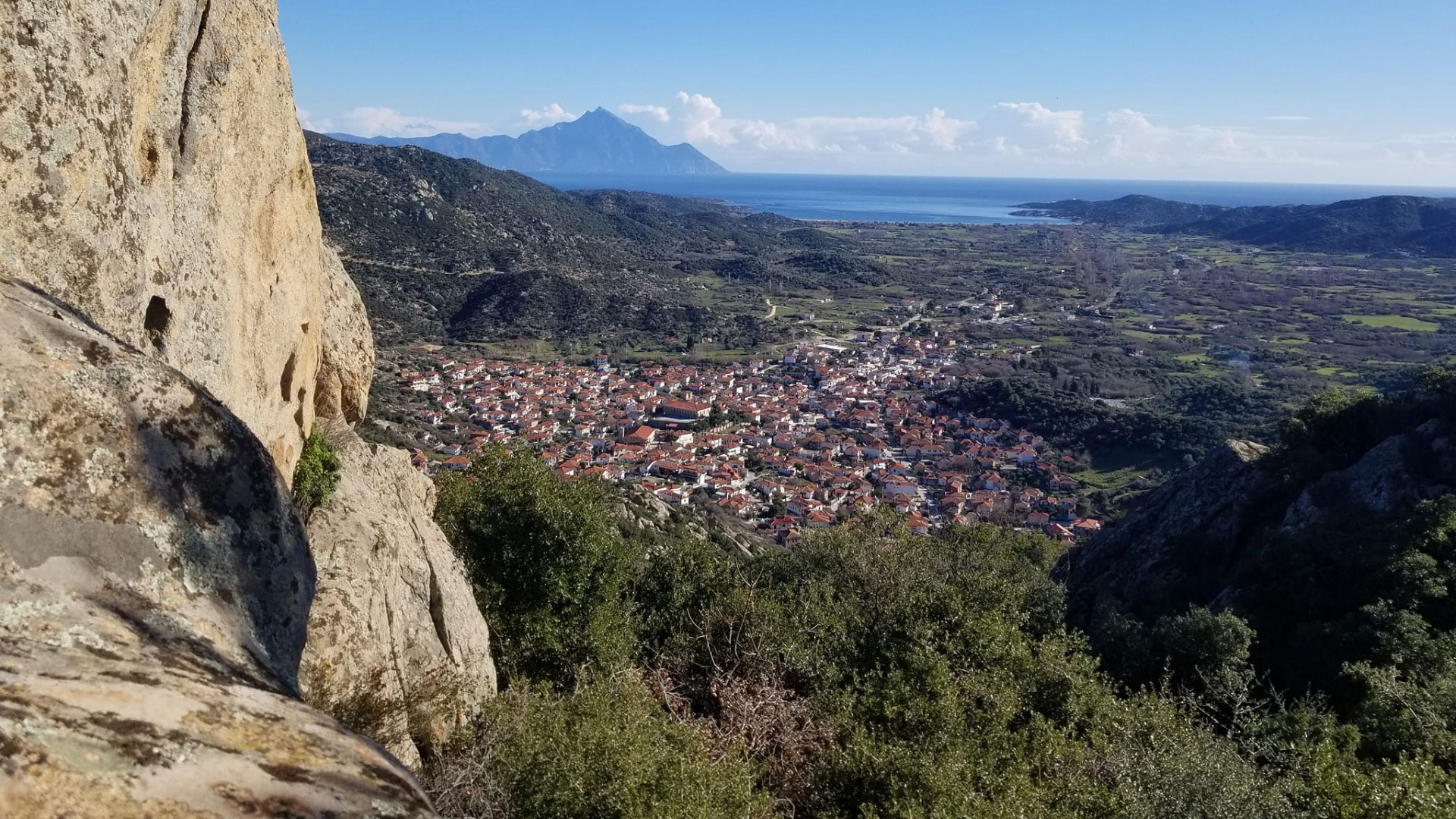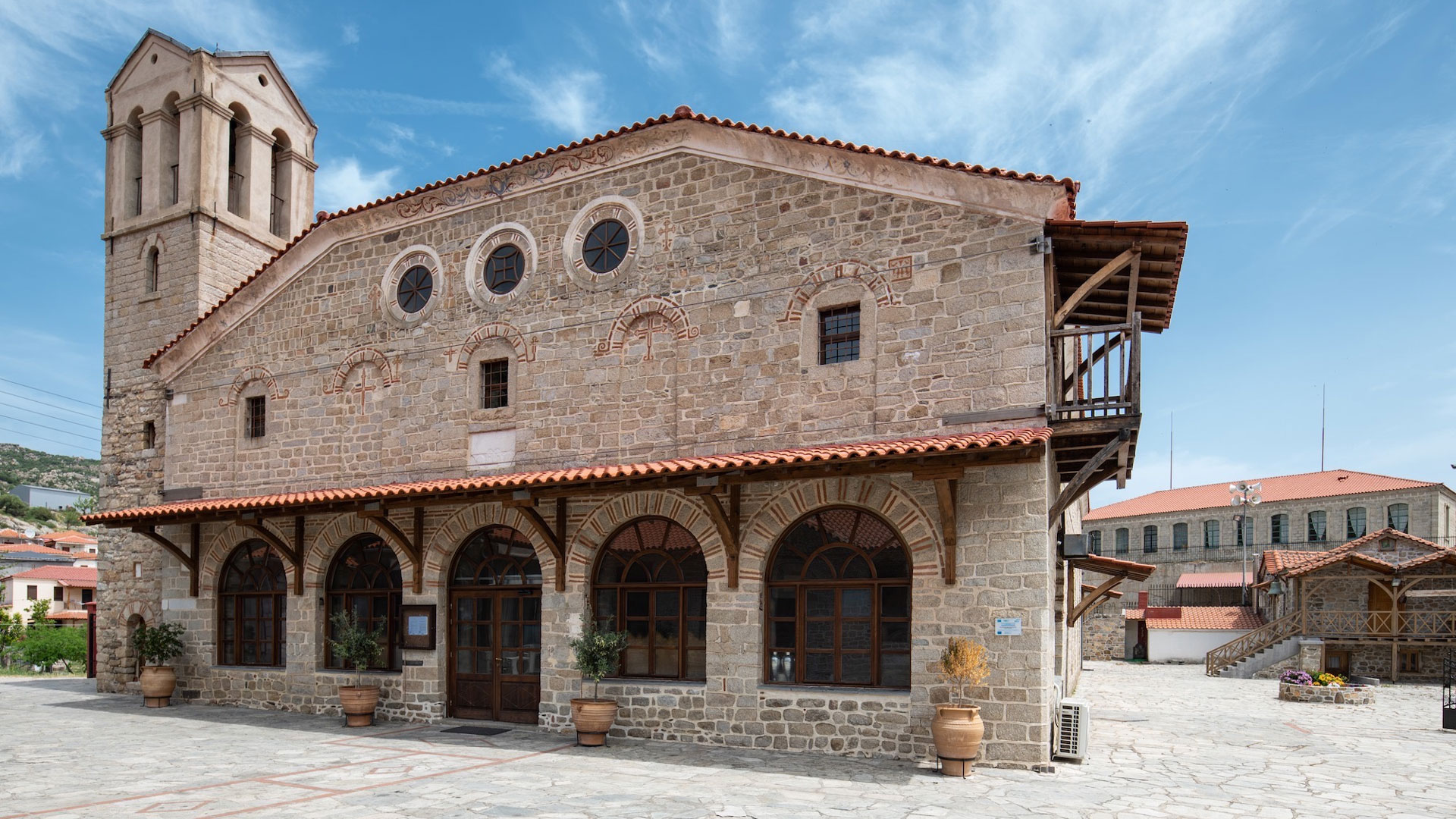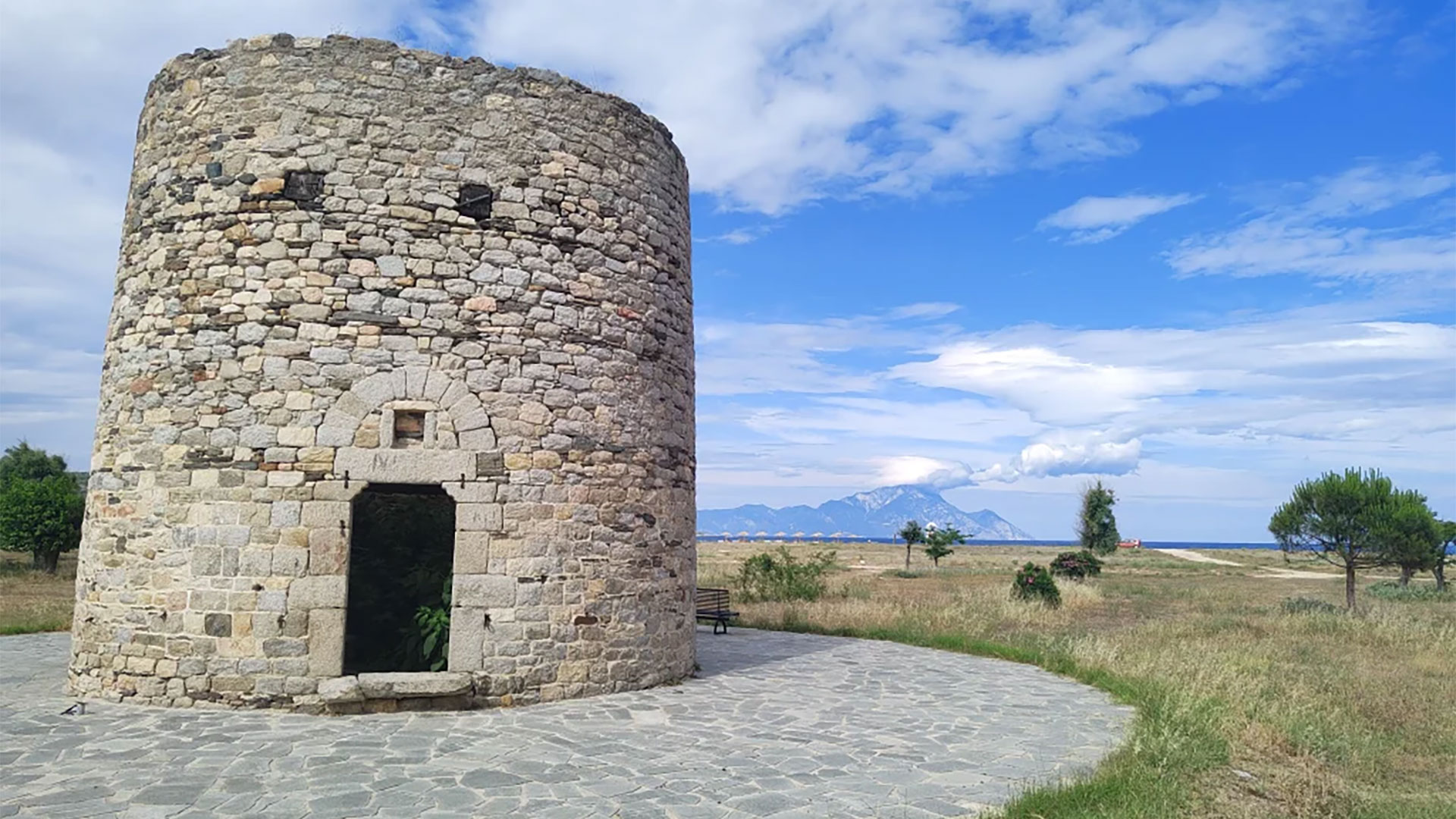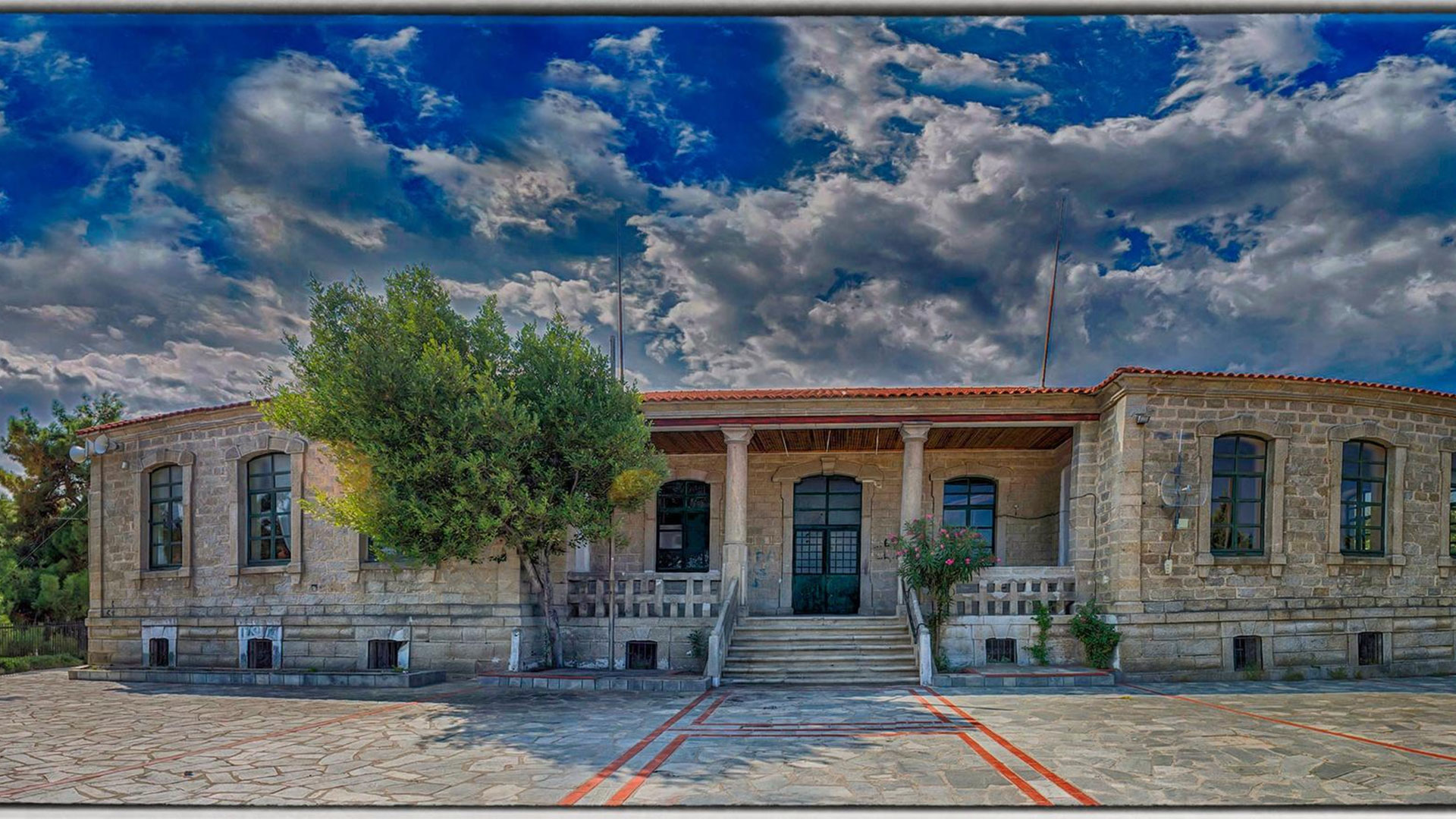



SIGHTSEEINGS
Get to know the most beautiful and famous historical spots of the Prefecture of Halkidiki, places that are a treasure of the geographical heritage, archaeological findings and all the unique attractions of the peninsula!

Prehistoric settlement at Koukos place

Holy Church of Agios Athanasios

Windmills of Sykia

Old Primary School in Sykia
Our reviews
Very nice family camping. Children play and ride bikes. The rules are followed and very good cleanliness. The people working at the campsite are very happy to help you have a wonderful and relaxing holiday. Congratulations on the mini market. Very good and normal prices.
My partner and I have been here since yesterday. We have come 3 more times. pitsoni is the camping of our heart!!!!! Everything is spotlessly clean, there is shade everywhere, an affordable mini market and Anna who is in charge is awesome and helpful.
Beautiful place, in the trees, family friendly, welcoming. Friendly service, with a smile and courtesy! What more could anyone ask for... Oh, the sea is amazing!!!
Small family campsite, clean, clean toilets, turkish and normal, showers with very hot water or even hot and late at night and with a lot of pressure, small supermarket but has the basics, shared fridges and freezers, space for tents small but sufficient and all the seats have extra shading above. The supermarket also in the morning sells warm cheese pies, butter croissants with filling, etc. The door for cars closes at 00.00-00.30 so then you leave it right outside on the street or on the beach. The only ones making a fuss are the many children who were put to bed at 11.00-11.30 p.m. at the latest. In the morning it was quiet until noon for sure, that is, you sleep quite quietly. I would definitely go again because it was what I wanted, quiet family camping with Turkish toilets and hot water until late at night!

PITSONI CAMPING
Paralia Sykias Halkidiki
63072
GR-Greece
Phone: +306972696138
e-mail: xanna75@gmail.com
SUBSCRIBE TO OUR NEWSLETTER